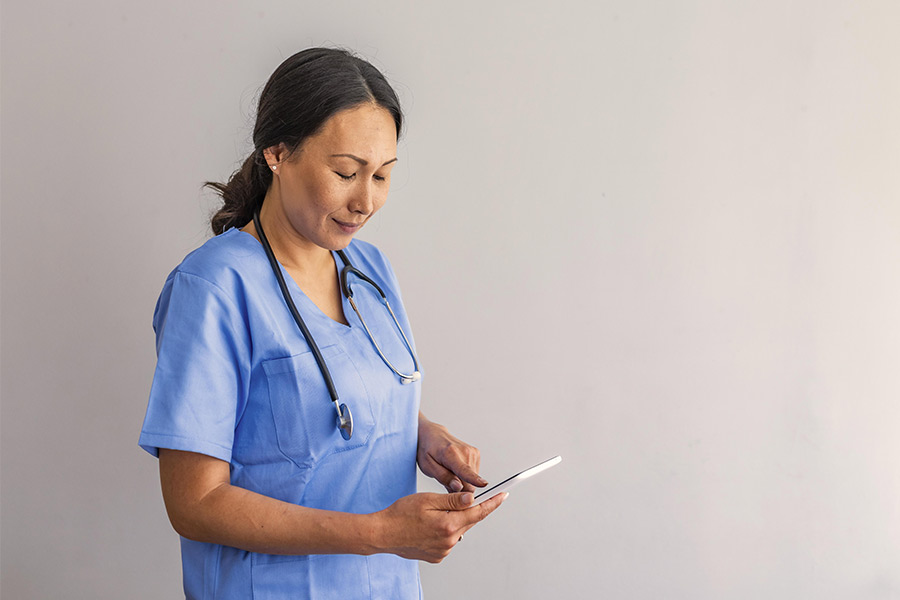
One of the lessons we’ve learned during the current health crisis is how important it is to move care into the home and community, and away from places like hospitals. This is especially true as we’re experiencing a second surge in some parts of the country and many hospitals are at near-full bed capacity.
From the start of the pandemic, we’ve seen that a number of services can be performed outside of the hospital setting. Remote telehealth visits, for example, are now becoming more routine and have proved to be a successful method for safely delivering many aspects of care.
Manage the Safety Risk
But this model of moving care into the home is not without risks. According to the CDC, approximately 10% to 20% of Covid-positive cases are healthcare workers.
Five states–New York, New Jersey, Michigan, Delaware and Washington–have already mandated that home care workers be screened proactively before they start their day, or throughout their day, to make sure they’re not carrying or spreading the virus. We expect other states to mandate proactive healthcare worker safety measures as we understand that the virus will be with us for quite a long time.
Protect the Front Line in 3 Steps
With this new normal in mind, there are three things every organization can put in place fairly quickly to protect its front-line caregivers.
- Begin the Day with Outreach
First, engaging home caregivers prior to the start of their shift is critical. If you wait until they are actually into their visit or into the home, it’s too late. Think about beginning the day with an outreach: Do you have all the PPE you need to do your job? Are you exhibiting any symptoms around COVID-19 or any other virus? Are you ready and prepared to do a great job?
- Use Technology to Automate, Escalate
Second, use technology to automate your health outreach efforts, especially with large or remote care teams. Call trees and spreadsheets are not effective solutions to meet this moment. In addition, AI is a very useful tool to help determine which specific staff members require follow up, and then automatically escalating those people to the proper care pathways. We’re seeing, on average, 1% to 1.5% of pre-shift screenings require a personal follow up with a nurse or occupational health team member. Not only does AI technology save an incredible amount of time, but it allows your organization to zoom in on the people who need additional support or direction before they can safely report for work.
- Build Robust Dashboards
Lastly, you need to be able to quickly assess the health of your organization and this requires building robust dashboards. A good dashboard strategy will allow you to manage three different use cases:
Compliance: Provide reporting at a state and local level to document that you’ve taken all the necessary precautions.
Occupational Health: Support occupational health teams who have a growing role in helping organizations proactively manage workplace hazards.
Field Operations: Support leaders in the field who are managing a rolling schedule so they can quickly determine if they have the necessary staff to service clients.
Now more than ever, we’ve seen that healthcare needs to move into the home. To succeed, we need to do everything we can to protect the caregivers who are on the front lines, and who are making sure that people are safe and well-cared for in their homes and communities.
Want more information on keeping your care teams safe? Sign up for our newsletter today.




